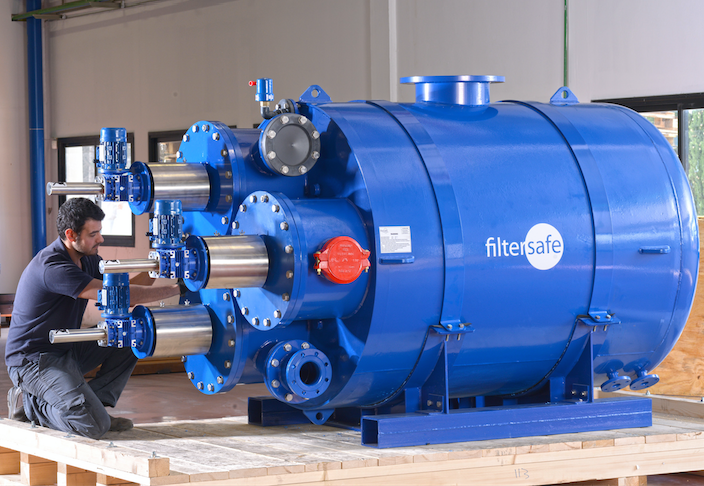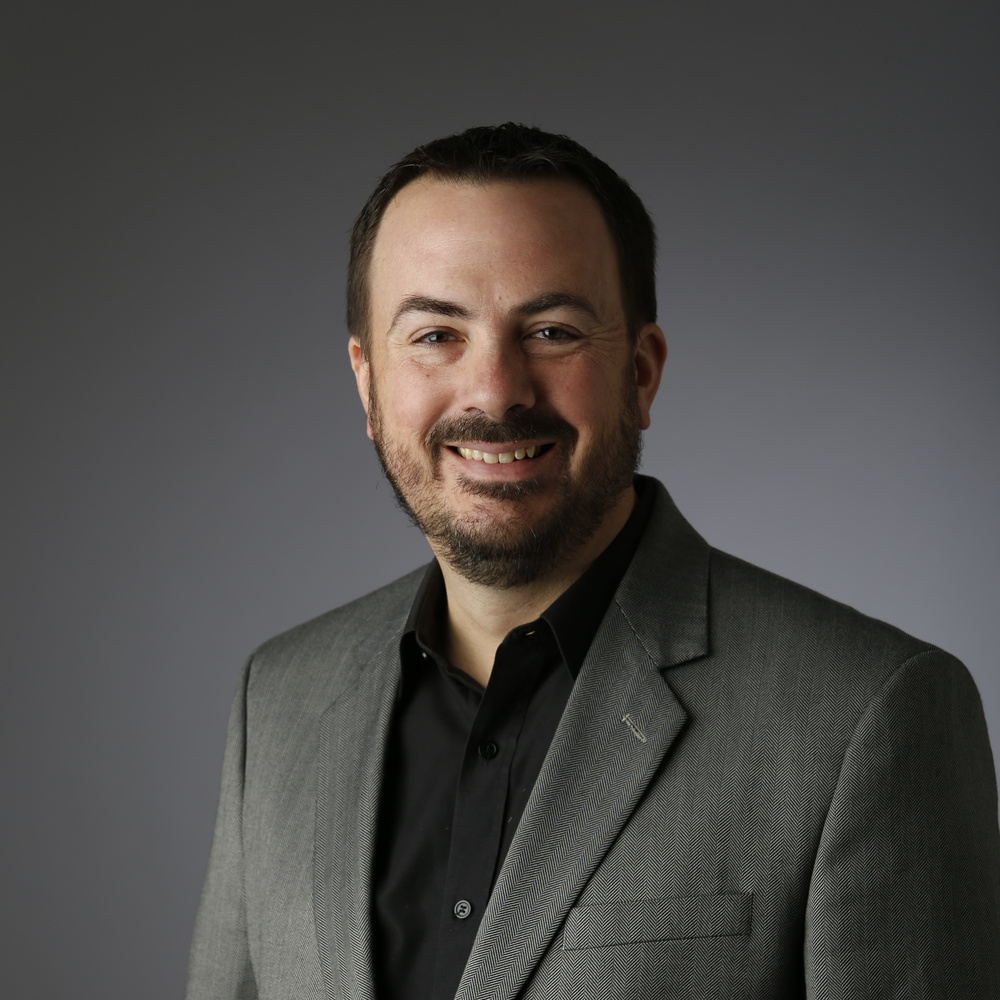
Advancing ballast water industry standards helps achieve compliance
Written by Heather Ervin
(Credit: Filtersafe)
By Mark Riggio, Head of Marine, Filtersafe
Most ballast water management system (BWMS) testing is based on theoretical means that do not reflect the challenging conditions found in locations where sediment-rich waters can cause systems to fail. In light of MEPC 76, Mark Riggio, Head of Marine at Filtersafe, explains how and why the industry needs to drive higher testing standards.
The 2004 IMO Ballast Water Management Convention had an implementation date of September 9, 2018. This means the industry is just over halfway through the retrofit phase which will end in September 2023. The International Maritime Organization’s (IMO) Marine Environmental Protection Committee meeting (MEPC 76) has delayed discussing the majority of ballast treatment items until February 2022. That is unfortunate, because there is still a lot to talk about with respect to ballast water implementation. It is time as an industry that we pick up that conversation ourselves.
Driving Standards Through Regulation
Leading up to MEPC 76, information papers were submitted to the IMO regarding the operation of BWMS in challenging water conditions outside system design limits. In such scenarios, the papers recommend that operators should be allowed to bypass their Ballast Water Management System. While it is our expectation that the recommendations in the paper will not be implemented once discussions resume, the contents highlight the issues ship owners and operators face if they purchase poorly performing BWMS.
This is an inflection point for the market. Rather than seeking concessions for poor performance, ship owners and operators should begin to take responsibility to ensure that they are buying equipment designed for their service. There is sufficient technology and equipment available on the market today to meet the operational challenges that ships face.
Condoning vessel owners’ and operators’ purchases of low-cost systems by permitting them to bypass those systems when conditions are less than ideal is contrary to the environmental aims of the Ballast Water Management Convention and international efforts to reduce shipping’s impact on marine water quality.
TheRrealities of Ballast Testing
Ballast water filters are a critical component in a BWMS, and we have long been at the forefront of filter performance and efficiency, particularly in challenging water conditions. To address the discrepancies in theoretical testing, compared to real-life testing, tests like the Shanghai Test promote an advanced understanding of how ballast water filters perform in real waters. Even this test, however, may not give a full view of the performance of a filter on your vessel. Often installation issues, interactions with other ship systems, and conflicts between the design and actual installation have a direct impact on filter, and system, performance.
Sophisticated shipowners know they need to scrutinize the results of performance tests so they understand the level of filter performance at the extremes of the test conditions.
For example, a test may not fail a filter until when you put 100 gallons of water through it per minute only five gallons of water comes out. This represents only 5% efficiency and there is a huge range between 5% efficiency and 100% efficiency. Although a system may pass a Shanghai Test provided it maintains more than 5% throughput, few operators would agree that a 5 gallons per minute is acceptable performance. Particularly when they are expecting 100%.

Rising to the Challenge
Shipowners and treatment manufacturers are not on separate teams. It is essential that the entire industry collaborates to both reduce the operational and financial impacts of ballast water treatment and eliminate the environmental impact of shipping.
To do this, we must rise to the challenge and demand systems and components tested using real-life challenge conditions. These conditions should be further challenged by less-than-optimal installation conditions and test facility designs. This philosophy of real-world testing with the ability to vary the installation challenges was behind our development of the enhanced Filtersafe Assessment of Cleaning Technology (FACT) Test. In this test, we can simulate real-life scenarios which include varying the type and makeup of contaminants as well as regulating the outlet pressure from optimal requirements down to near-zero backpressure to see the impact on performance. Using this enhanced test allows us to demonstrate the value of our industry-exclusive staged cleaning mechanism to achieve higher efficiencies in non-standard installations.
Regardless of why the IMO deferred ballast water topics at MEPC 76, we all need to be moving forward. There is always more we can do to not only help the environment but to remove the impact these improvements have on shipping. It is essential to remember that there is sufficient technology and equipment available to meet the challenges that await BWMS at sea. Buyers simply need to ensure that they buy equipment designed for the operational needs of the vessel rather than one being offered at the lowest possible cost.




